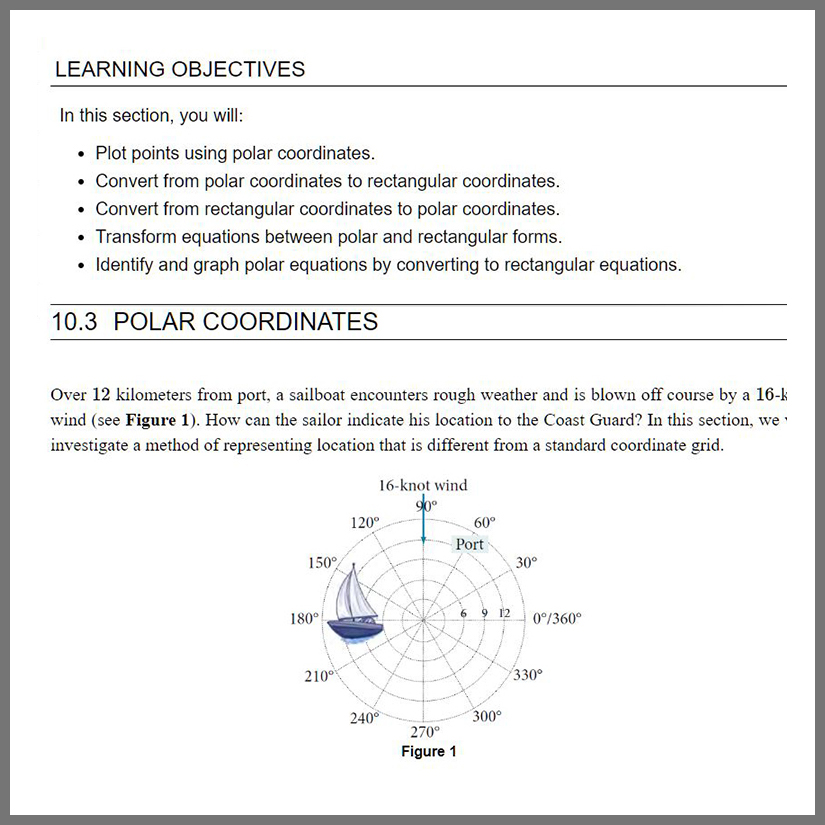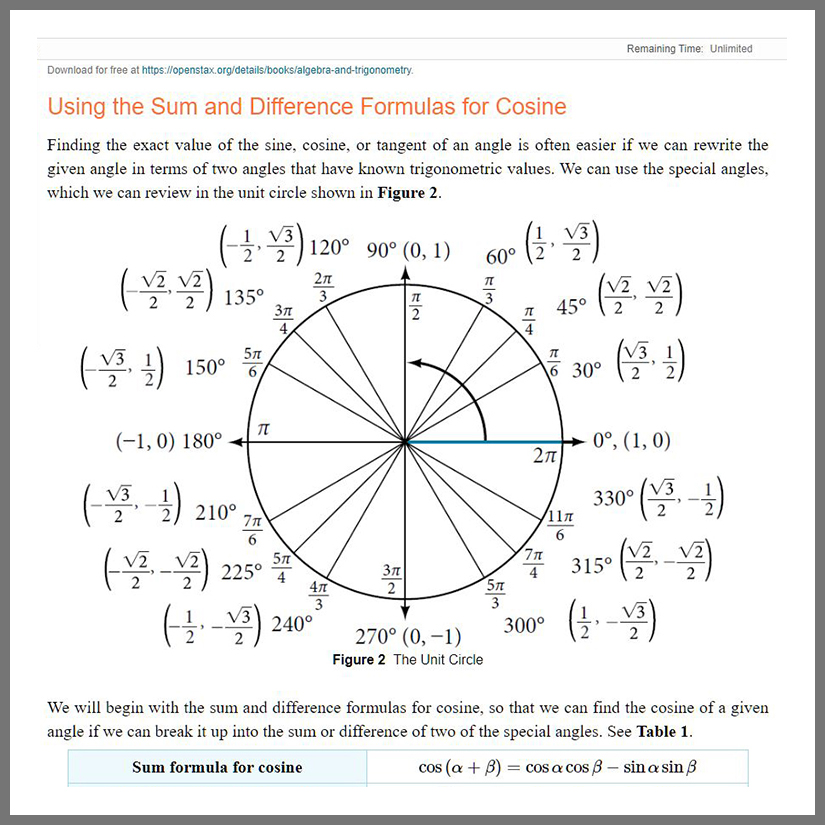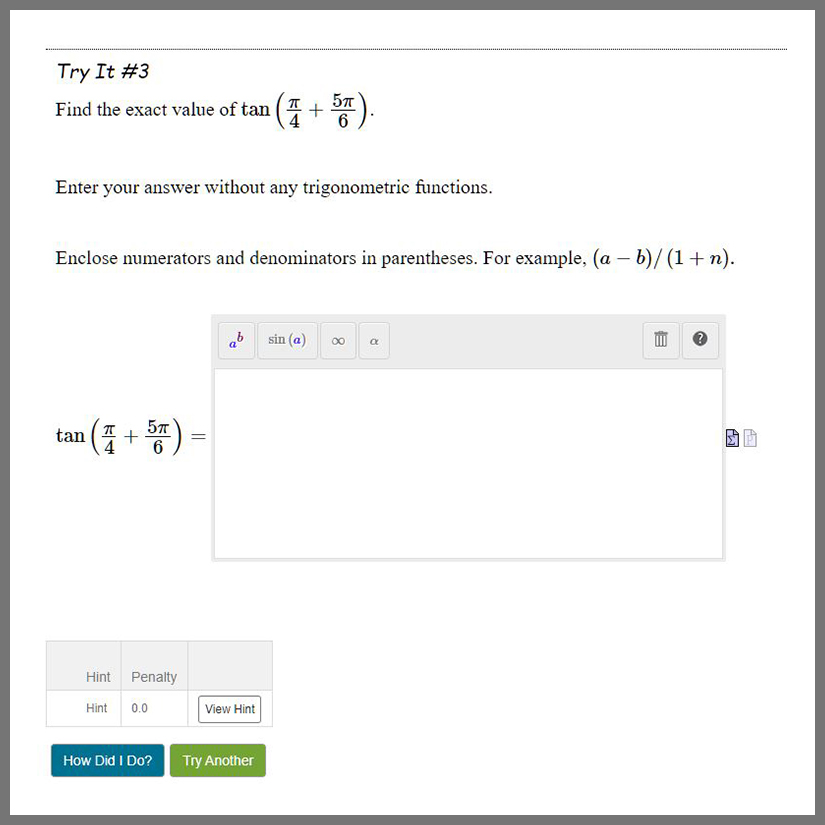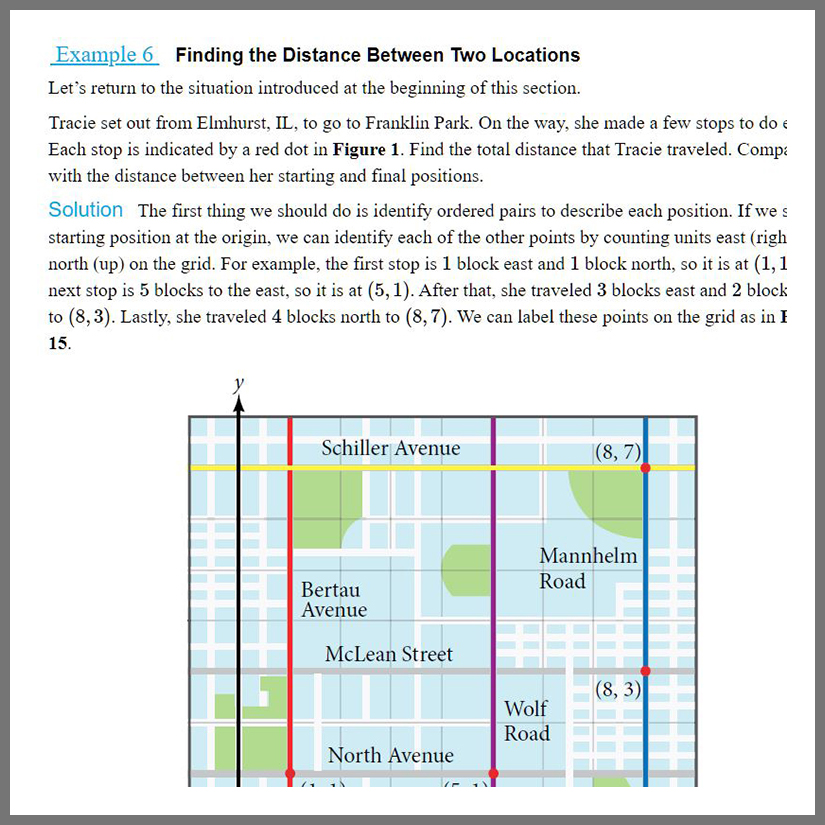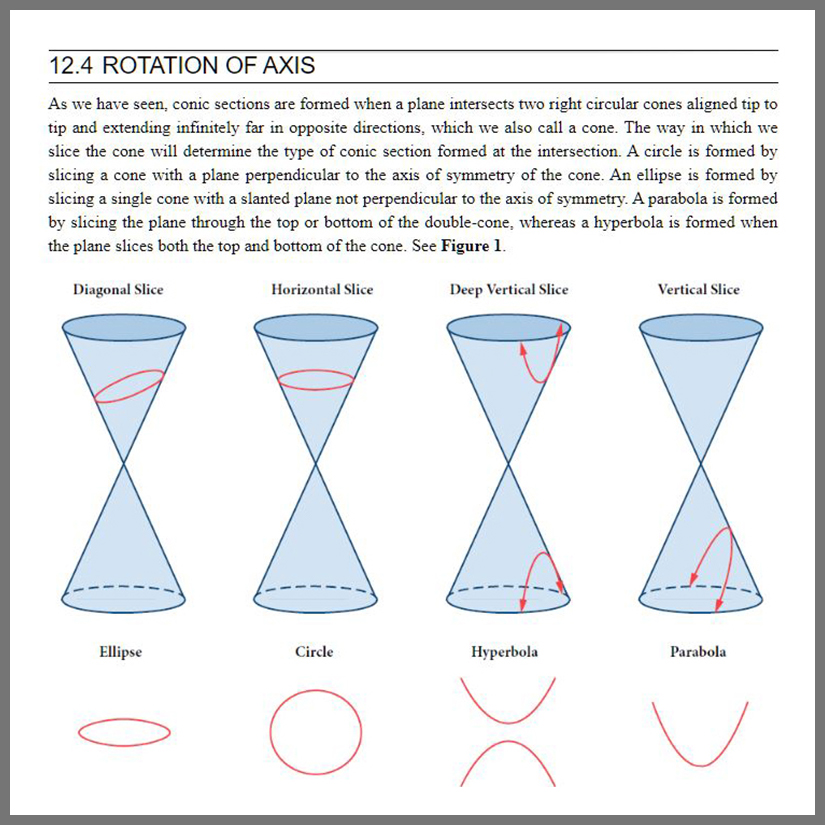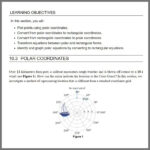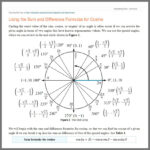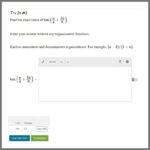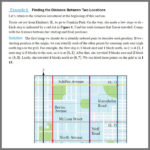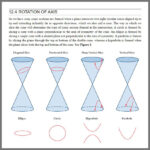Description
The Algebra and Trigonometry Content Pack is an entire OpenStax textbook that you can use as a customizable starting point to a complete algebra and trigonometry course in Möbius. This customizable resource includes all traditional OpenStax features such as chapter introductions, sections, review material, and practice tests, and has been enhanced with Möbius capabilities including algorithmic questions, in-lesson questions with unlimited practice, helpful hints, and immediate feedback. The modular approach and the richness of content ensure that the book meets the needs of a variety of courses, and is also ideal for an introductory algebra and trigonometry course. This Content Pack explores algebraic principles through a wealth of examples with detailed, conceptual explanations, building a strong foundation in the material before asking students to apply what they’ve learned.
How does Möbius take OpenStax to the next level?
All chapter sections delivered as Möbius lessons with checkpoint questions embedded right inside of lessons.
Learn how Möbius’ unique STEM question types provide the best STEM learning experience.
Deliver OpenStax exercises using over 50 configurable assessment properties.

